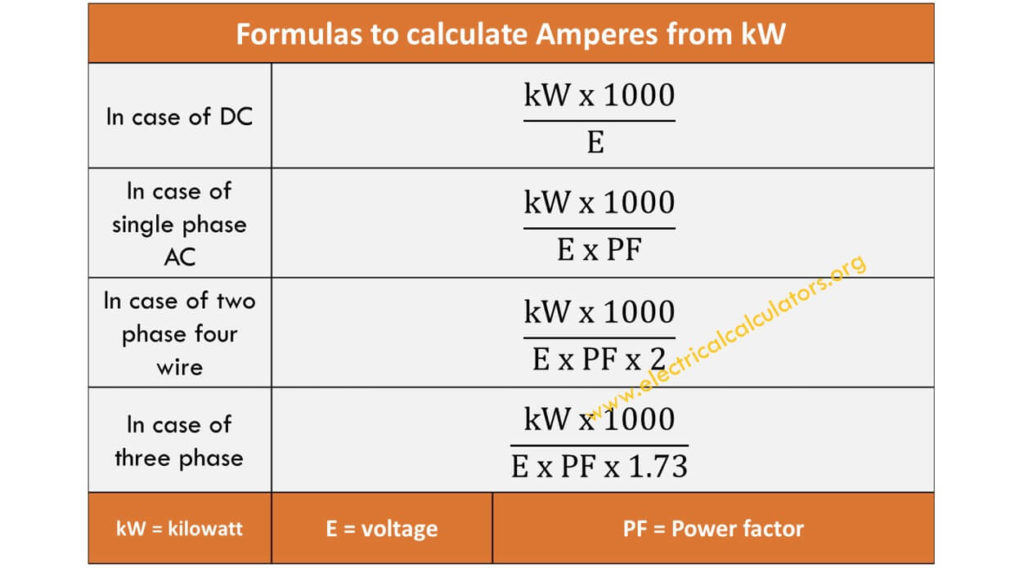
Table 2 lists each 3-phase constant for the respective 3-phase voltage obtained from the above calculation. Now, if you look at the “1,000 ÷ 1.732V” portion of this equation, you can see that by inserting the respective 3-phase voltage for “V” and multiplying it by 1.732, you can then divide that resulting quantity into “1,000” to get a specific number (or constant) you can use to multiply “kW” to get the current draw of that 3-phase load at the respective 3-phase voltage. If you have a piece of equipment that draws 80A, then you can calculate the relative size of the required power source, which is 10kW (80 ÷ 8.33).īy using this same procedure but inserting the respective single-phase voltage, you get the following single-phase constants, as shown in Table 1.įor 3-phase systems, we use the following equation:Īgain, assuming unity PF and solving this equation for “I,” you get: So, if you have a 10kW load, you can calculate the current draw to be 83.3A (10 × 8.33). Now, if we look at the “1,000 ÷ V” portion of this equation, you can see that by inserting the respective single-phase voltage for “V” and dividing it into the “1,000,” you get a specific number (or constant) you can use to multiply “kW” to get the current draw of that load at the respective voltage.įor example, the constant for the 120V calculation is 8.33 (1,000 ÷ 120). Single-Phase Calculationsīasic electrical theory tells us that for a single-phase system,įor the sake of simplicity, let's assume the power factor (PF) is unity. You can use constants that apply to specific single- and 3-phase voltages to calculate current (I) and kilowatts (kW). No matter what the circumference and diameter of the respective circle, their ratio is always pi. You may ask, “What exactly is a constant?” An example of a constant with which you're very much familiar is pi (π), which is derived by dividing a circle's circumference by its diameter.


We'll also show you how you can do these calculations “in your head,” with very reasonable accuracy, through the use of constants. This month, we'll discuss the most fundamental of calculations - those for current (I) and kilowatts (kW).
10 kw to amp series#
If you have any specific query, you can contact with support team via email: or call: 8750 77 88 00 Learn Something New.Welcome to the first in a series of articles focusing on electrical calculation basics. Note: The accuracy rate of this calculator is up to 95%, we are working on it to improve it's accuracy rate. 10 to 20 per units including all charges. 6 to 9 per units including all charges.Ģ. Electricity Rate in Indiaįor better understanding, you can remember below two points:ġ. This electricity bill calculators will shows slab units cost state wise where you want. You have to select state, district, DISCOM name, sanctioned load (it's mentioned on electricity meter / electricity bill), type of electricity meter (single / three phase) and electricity consumptions. For any three-phase AC circuit, Current, I 1000 x kW / (3 x V L x P.F.) Where V L is the RMS value of the applied line voltage and P.F.

It is easy to use electricity bill calculator. For a three-phase AC circuit, if the line to line voltage is known, ampere can be calculated from kW using the following formula.

10 kw to amp install#
You can decide which capacity of solar system you should install to reduce an electricity bill? Use this calculator now: Electricity Bill Calculator helps the consumers to know about home electricity bill state wise of India.


 0 kommentar(er)
0 kommentar(er)
